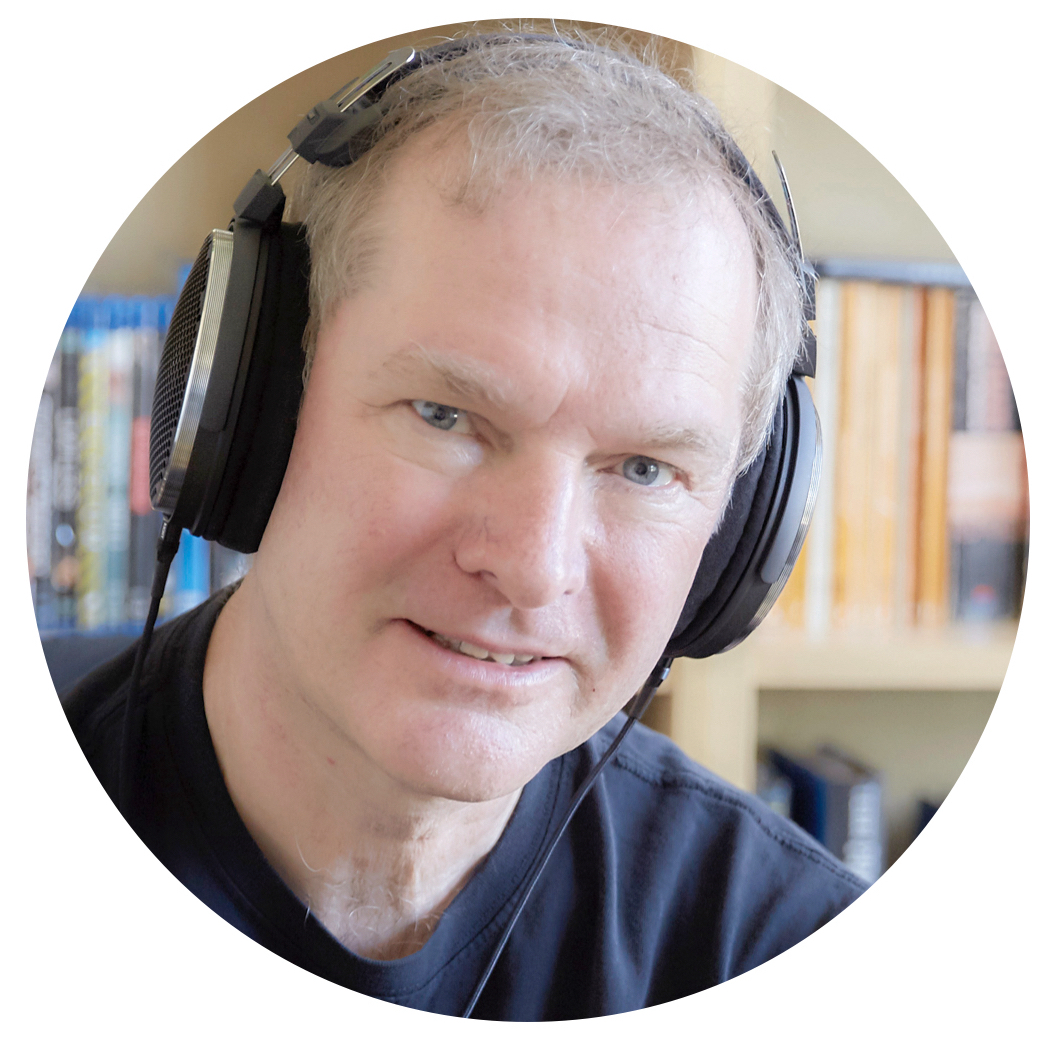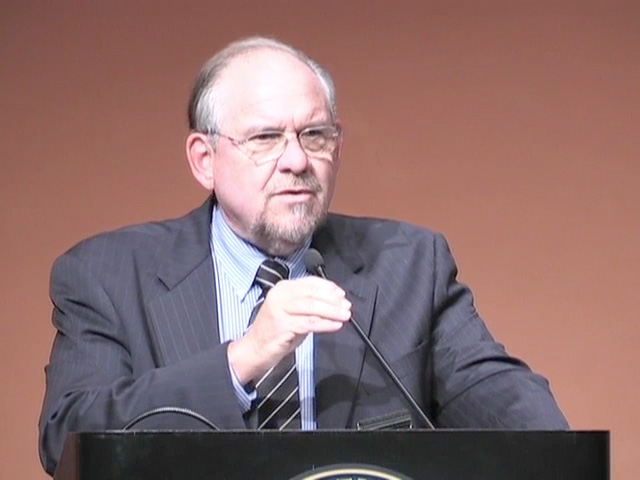
Welcome to the 2020 Science Archive
2020 Science started life in 2007 as a nanotechnology blog written by Andrew Maynard on SafeNano. In the following years it developed into a personal blog addressing emerging technologies, responsible innovation, risk, science communication, and the intersection between science and society more generally.
Andrew made he decision to wind the blog down in 2019 as his focus and writing developed in new directions. This archive contains most of the original posts (there have been occasional clean-ups of content). For more recent articles etc. please visit andrewmaynard.net. And thanks for visiting!
BROWSE THE ARCHIVE
The ultimate rules list for accepting speaking engagements
I think I might have just accepted one speaking engagement too many! After years of patiently bearing the brunt of my grueling travel schedule, my wife Clare has finally put her foot down. Sorry folks - if you want me to speak at your meeting, these are the new...
International Standards Organization guidelines for evaluating nanomaterial risks – are they any good?
In June 2005, the chairman and CEO of DuPont, together with the President of the Environmental Defense Fund, co-authored an op-ed in the Wall Street Journal titled “Let’s Get nanotech Right”. The piece called for broad multi-stakeholder collaborations to help...
Australian Education Union advises against using nanoparticle-based sunscreens in schools
Last week, the Victoria branch of the Australian Education Union (AEU) passed a resolution recommending that "workplaces use only nanoparticle-free sunscreen" and that sunscreens used by members on children are selected from those "highlighted in the Safe Sunshine...
A new look for the US National Nanotechnology Initiative
A few weeks ago, the US National Nanotechnology Initiative website - www.nano.gov - underwent a much-needed facelift. The NNI's web portal was creaky when I was part of the Initiative several years ago now. And it's somewhat ironic that the world's leading...
Optogenetics and mind control – on the borders of the plausible?
Tomorrow, I will be speaking at the Marshal M. Weinberg Seminar on Optogenetic Manipulation of the Brain at the University of Michigan - not a subject I must admit that I am that familiar with. Fortunately, there are other speakers who will be doing much of the...
Peer review in a pool of one
Exploring new ideas, messing around with disciplinary boundaries, making unusual and innovative connections - surely that's what cutting edge research is supposed to be about these days? Certainly it's something many researchers aspire to - at least on those grant...
Social media and science communication – the backup video!
Yesterday I have the rather odd experience of opening the media140 meeting on the impact of social technologies on science communication in Brisbane Australia - from my basement in Michigan, USA. Skyping into the meeting, it was hard to tell whether I was making...
Regulating emerging technologies – Science & Public Participation top a new White House set of principles
Cross-posted from The Risk Science Blog: Back in 2007 the White House Office of Science and Technology Policy (OSTP) issued a set of "Principles for Nanotechnology Environmental, Health and Safety Oversight" (no longer available on the OSTP website it seems, but you...
James Gleick’s Chaos – the enhanced edition
In 1987 I got my Bachelor of Science in physics, Prozac was launched in the US, and James Gleick published Chaos. I don't think the middle one has any bearing on the other two. But the first and last are tentatively linked because, despite being completely jazzed on...

Larry Brilliant: Enabling sustainable humanity through getting serious about risk
I've occasionally been accused of thinking big when it comes to Risk Science. So I was rather chuffed to hear former Executive Director of Google.org Larry Brilliant out-big me on every point as he delivered the 10th Peter M. Wege lecture here at the University of...
